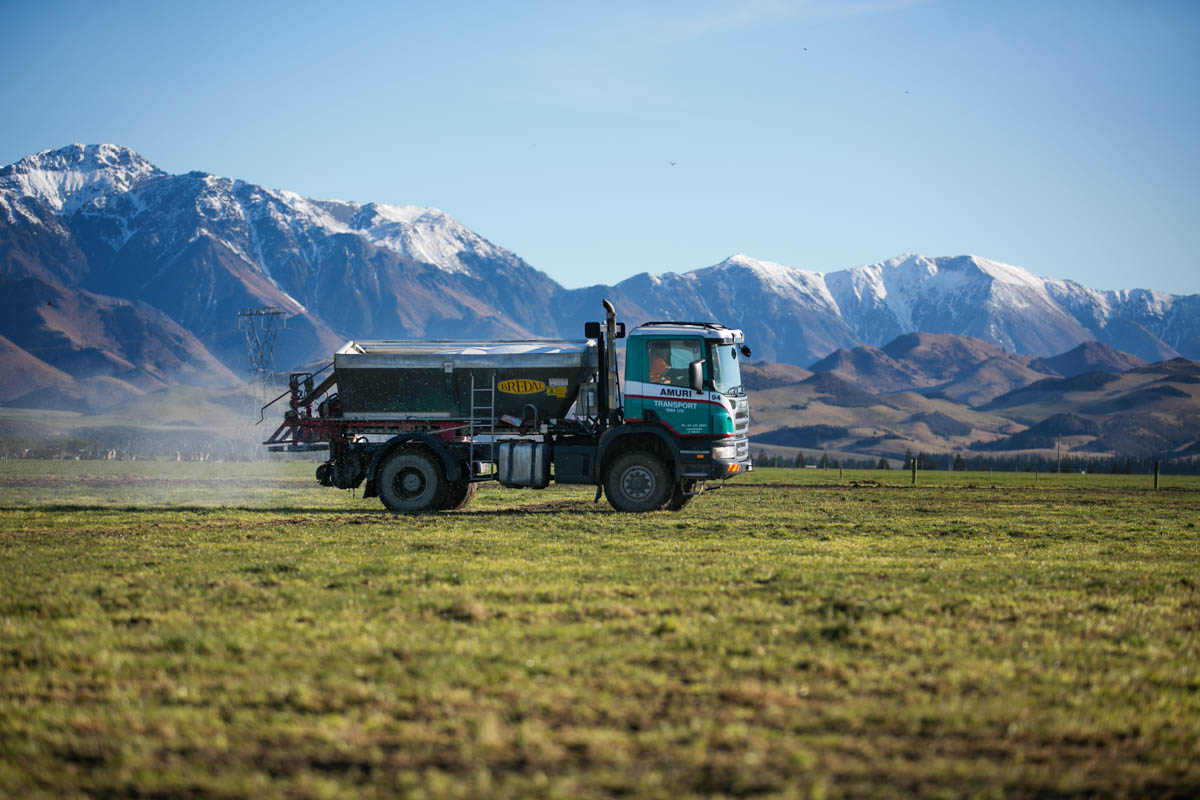Keeping that bedding dry
An alternative to limestone to reduce moisture in animal bedding.

Minimising the moisture content of bedding in animal housing is important because increased moisture allows for increased microbial activity and potentially harmful levels of pathogens.
Dry bedding also encourages resting – helping to support animal health, welfare and productivity.
Cheap and readily available, limestone is often used to reduce moisture in animal bedding. However, its water absorbing capacity is very limited at about 30%, meaning 100g of limestone will only absorb about 30g of water. Water-bound limestone also forms a slippery film, creating hazardous conditions for workers and animals.
Other chemical characteristics of limestone means application to bedding may even be detrimental to animal health. In contrast to animal skin which has a pH around 5.5, limestone has a high pH (9-10). This, combined with the high pH (13) of ammonia from animal waste increases environmental alkalinity and increases the animals’ risk of infection.
The high pH of limestone also results in increased ammonia evaporation from urinary or faecal material found in animal bedding. This results in elevated ammonia levels in the barn, increasing the risk of respiratory irritation and pneumonia in animals housed, and making working conditions unpleasant.
Stalosan F, formulated to absorb up to 400% moisture, is a blend of natural minerals, each of which acts in a different way to keep bedding dry, absorb ammonia and inhibit bacterial growth. The inclusion of essential oils also repels bugs.
With a pH of 3.5, Stalosan F helps keep the pH of bedding low, helping to reduce the production of ammonia from urine and faeces in animal housing. Bedding with a low pH also supports the maintenance of a healthy layer of sebum on the skin, protecting animals from the risk of infection.
- Supplied content




